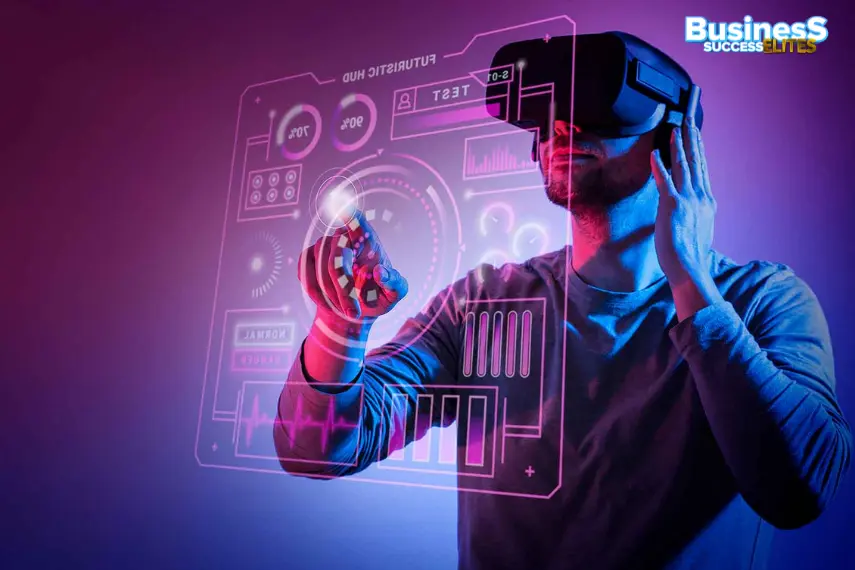
In recent years, the concept of the metaverse has moved from science fiction into mainstream business conversations. What started as a virtual space for gaming and entertainment is now evolving into a powerful tool for remote work, team collaboration, and global business operations. As organizations embrace digital transformation, the metaverse promises to reshape how we connect, communicate, and collaborate in the workplace.
For the past decade, collaboration tools like Zoom, Microsoft Teams, and Slack have dominated remote work. However, these platforms still lack the immersive and interactive experience of in-person collaboration. This is where the metaverse comes in.
In the near future, employees will be able to step into 3D virtual offices as avatars, brainstorm around digital whiteboards, and interact with colleagues across the world as if they were in the same room. Unlike flat screens, the metaverse offers spatial presence, making remote collaboration feel more natural and engaging.
One of the biggest benefits of the metaverse in business collaboration is borderless teamwork. Instead of flying employees across countries for meetings or training, companies can host immersive global conferences in virtual environments. This not only saves time and costs but also reduces the carbon footprint of international travel.
The metaverse is set to bring a new level of interactivity to teamwork. Employees can collaborate on 3D models, digital twins, and real-time simulations. For industries like architecture, engineering, healthcare, and manufacturing, this means testing ideas in a virtual space before implementing them in the real world.
Gamification features—such as interactive dashboards and achievement systems—will also make teamwork more engaging, boosting employee satisfaction and productivity.
The true potential of the metaverse lies in its ability to integrate with other technologies:
AI-powered avatars could act as meeting facilitators, real-time translators, or personal assistants.
Blockchain and smart contracts may secure transactions and agreements in virtual workspaces.
Digital twins will allow businesses to collaborate on exact virtual replicas of physical factories, offices, or supply chains.
The metaverse will also revolutionize employee training and development. Instead of reading manuals or watching videos, new hires can participate in immersive onboarding experiences. From healthcare simulations to customer service role-play, training in the metaverse offers realistic, hands-on learning that improves knowledge retention.
Despite its promise, the future of metaverse collaboration faces several challenges:
High costs of VR/AR headsets and infrastructure.
Technology adoption barriers among employees and companies.
Privacy and security risks in virtual environments.
User fatigue, as prolonged VR use can be physically demanding.
Businesses must address these challenges to unlock the full potential of metaverse-driven collaboration.
Short-term (2025): Businesses will experiment with hybrid models, combining traditional collaboration tools with VR/AR experiences.
Mid-term (2030): Industries like real estate, education, healthcare, and design will adopt metaverse platforms as standard collaboration tools.
Long-term (beyond 2035): The metaverse could become the default workplace for global enterprises, replacing many functions of physical offices.
The future of metaverse in business collaboration is not about replacing existing tools but about enhancing them. By creating immersive, engaging, and borderless work environments, the metaverse has the potential to transform how businesses operate and innovate. While adoption may take time, companies that embrace the metaverse early will gain a competitive edge in the evolving digital economy.
Top 5 Benefits of Instagram Reels for Business Growth
November 29, 2025How E-Commerce Brands Can Grow Using TikTok and Instagram Reels
November 29, 2025PhysicsWallah IPO: Price band set at ₹103-109 per share
November 9, 2025UpGrad in talks to acquire Unacademy in $300–400 million deal
November 7, 2025